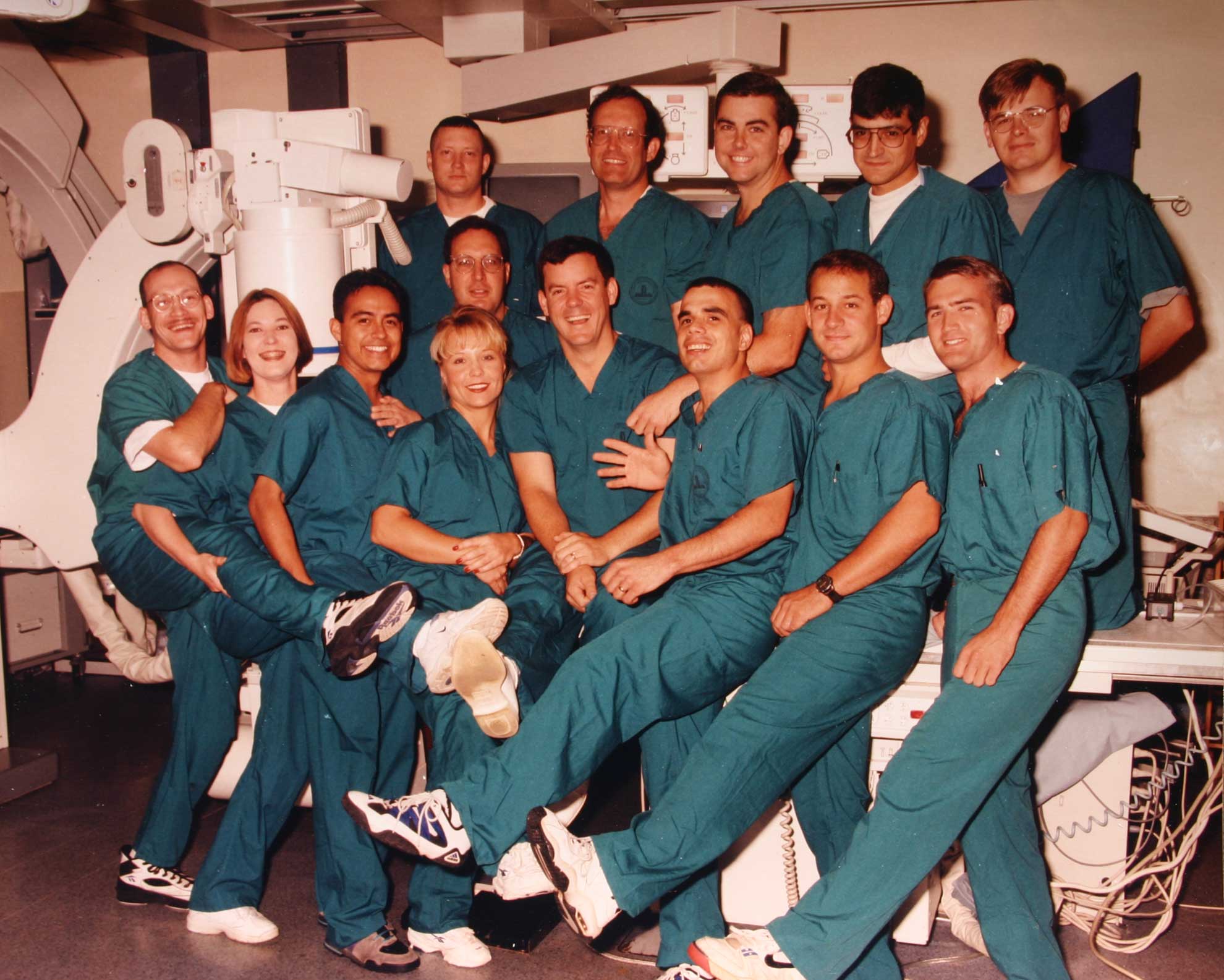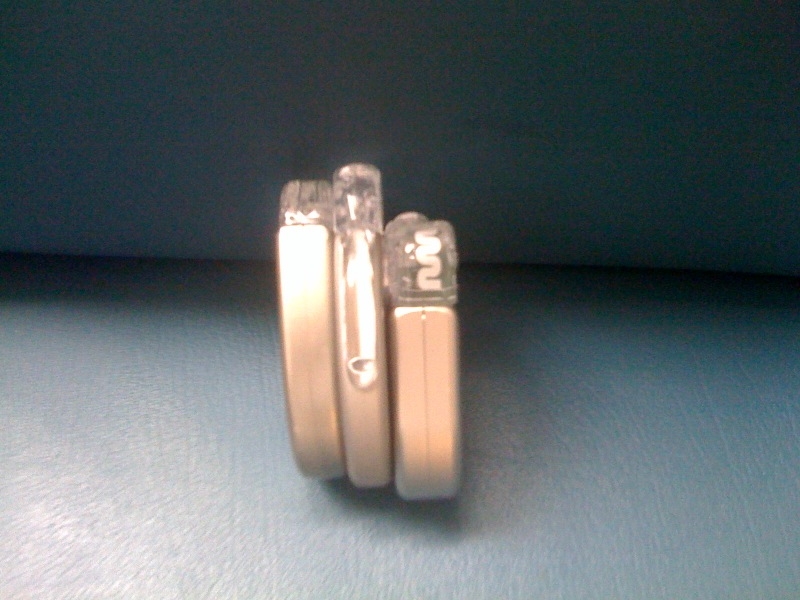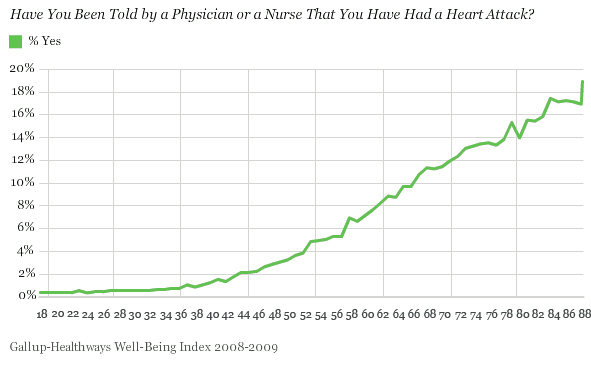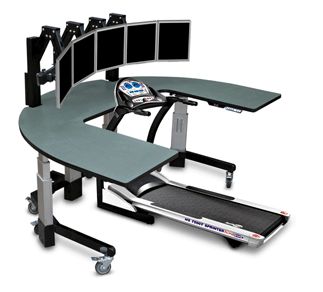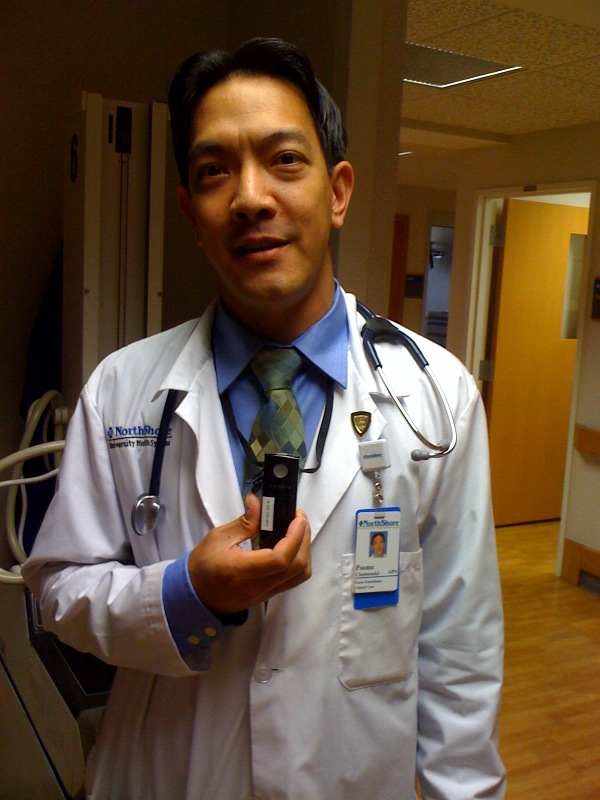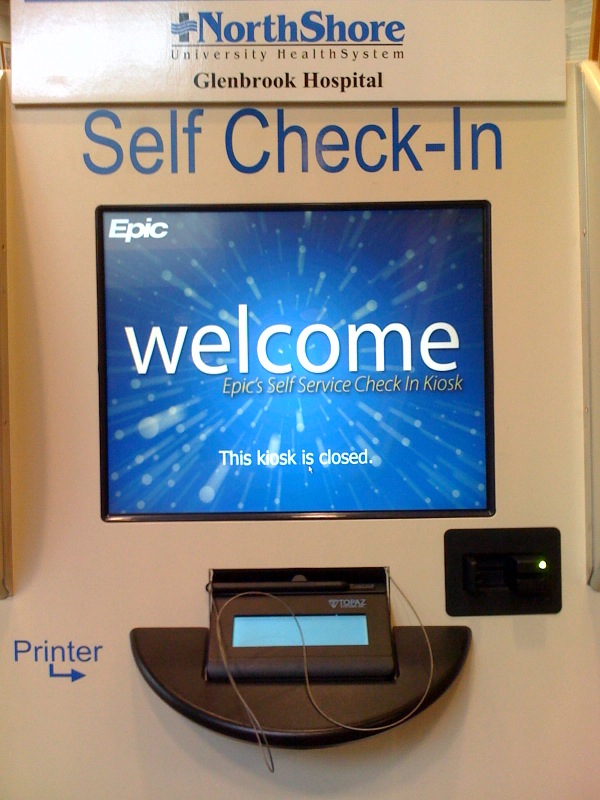I have noticed an interesting psychodynamic to most medical bloggers, social media enthusiasts, and internet-savvy individuals use social media:
... we all are narcissists.
We love our blogs, our posts, our "wall," our "followers," our "subscribers," our "friends", and our "unique visitors." Just look at people constantly checking their Blackberry's and iPhones at the dinner table. We are, after all, creating a 'community' of sorts all around us that never stops. We know that without others liking our comments or content, we receive no viewer traffic. Without noticeable traffic, we die.
Really, that's as deep as social media gets.
Of course it takes some gonads to say this. It is far easier to say that I give up my time, energy, and insights selfishly so the world can share my brilliant (and not-so-brilliant) exposés. That would sound far "cooler" and more hip in today's "e-mo-tional" electronic world. While I would hope there might be a modicum of usefulness for others when I participate in social media, the reality is that I've found I like to write. I like to find the story behind the story. I like to make friends. And I like to feel I'm adding a physician's voice, however small, to the increasingly overcrowded health care internet din. I realize that like it or not, for our younger generation who have grown up comfortable with this online world, to not have an internet presence is to not exist.
Now before I have the world of social media descend upon me like a hoard of locusts, let me say public sharing of information may not be a bad thing. There are times when we need companions. There is even quite a bit of useful information out there. For patients, the value of this information or of having "friends" in a time of crisis is incredibly important. Some feel it's so important that the enthusiasm for social media has spawned and entirely new internet breed: the socially-empowered "e-patient." And thousands of commercial interests are more than happy to facilitate their empowerment.
But I find it funny that social media "experts" continue to ponder why doctors don't "engage" more in social media. After all, it's the rage, right? Come on guys, get with the program! What are you
really like? You
need an online presence in today's internet world. So frenetic is the trend that nearly every major (solvent) hospital and hospital system is paying large sums of money for their public relations and marketing departments to employ social media "specialists" to develop Facebook pages, live-tweet the day's events, and engage their patient communities in the daily news at the hospital. Come join the latest web-chats, tweet-a-thons...whatever. Marketing plans. All to keep their patients coming back for more.
But for doctors, they understand that medicine is an intensely private affair. There is no place for narcissism during a patient visit. Medicine is also very ugly at times: bloody stools, discharges, lesions and psychiatric issues come to mind. Not that these ailments can't be found on YouTube. They can. And sometimes these not-so-pretty issues present very real challenges for diagnosis and treatment for doctors. One might think that the instantaneous communication afforded by social media would be the perfect place for "on-line collaboration." Yet in reality, using social media, even doctor-limited online forums, might be the worst place a doctor could ask for advice, especially when uniquely identifiable issues specific to an patient are discussed with others in such a potentially public, legally-discoverable way. For many doctors, the legal, ethical and political climate is simply not conducive to permitting patient-specific discussions on the internet.
Nor should it be.
And this doesn't even begin to address the issue of time. Participating in extra discussions outside of patient care takes time, and for people who create original content rather than link-bait, it takes lots of time. Worse, few of us can type, so even the requirement to enter five passwords at five different sites presents challenges for those already struggling to get their paperwork done before heading home.
So as we move forward in this increasingly connected internet-facilitated medical world, the limitations of social media will continue to present challenges for doctors and the developers who strive to develop niche sites catered to them. No matter how you parse it, doctors don't avoid the internet and social media because they're simply Luddites, they avoid the internet because they enjoy the benefits of anonymity, privacy, efficiency and legal protection that comes with dropping off the grid.
Now excuse me while I check my Sitemeter stats again.
-Wes
